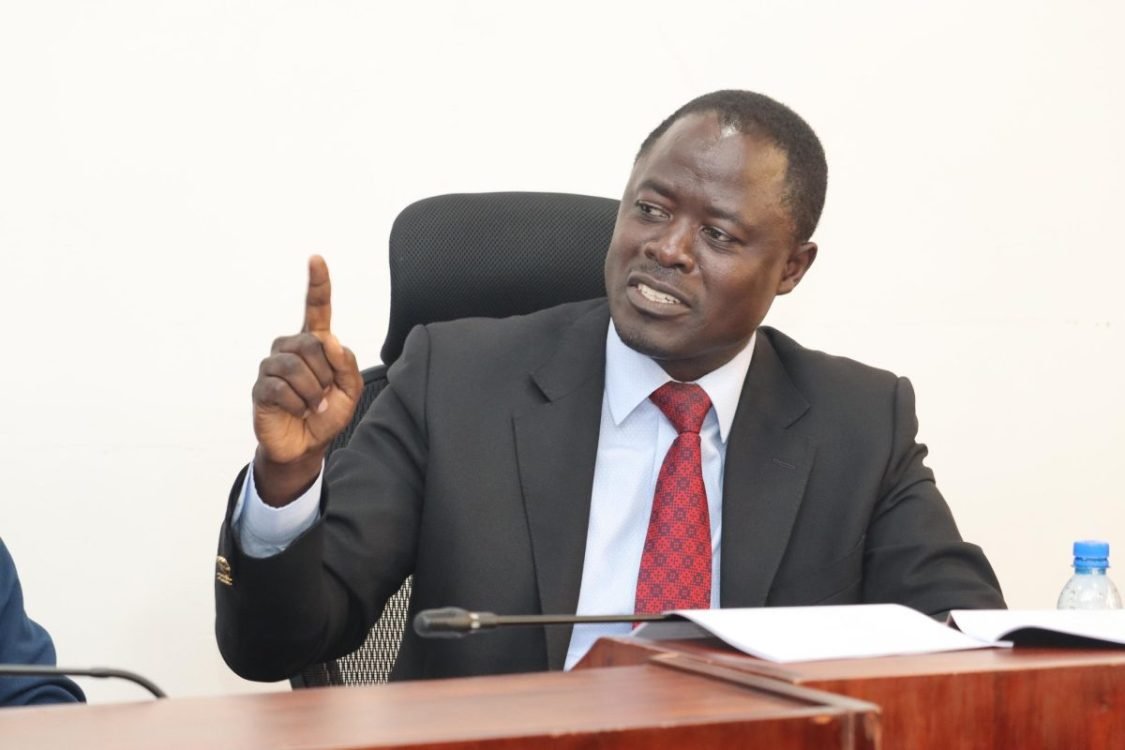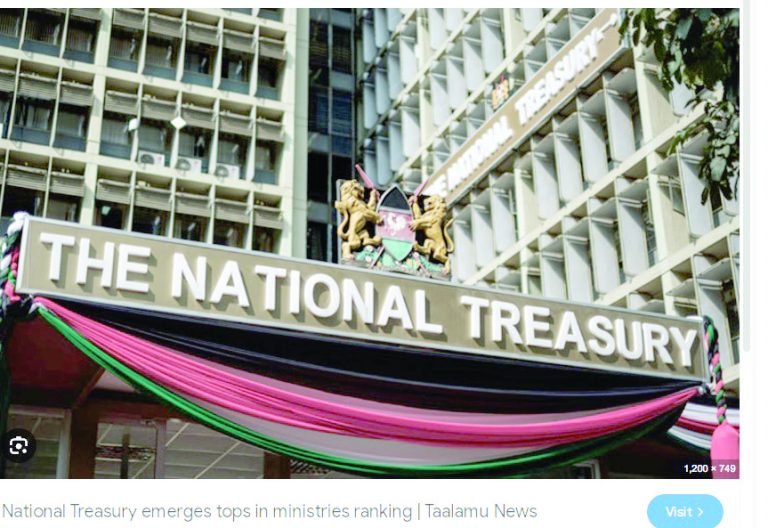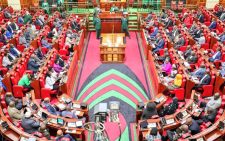How bundled insurance is protecting livelihoods

When Mary Atieno borrowed Sh5,000 from a mobile lender to restock her vegetable stall in Nairobi’s Umoja estate, she didn’t think much about the extra Sh300 deducted as “service fees.”
Like many other informal traders, she’s used to digital loans as a quick fix between market days. Unfortunately, she fell ill and couldn’t work for two weeks, missing her repayment deadline. She was surprised to receive a call not from a debt collector but from a customer care agent informing her the loan had been partially written off.
“I was shocked. I didn’t even know I had insurance. I would have paid that loan in full just to avoid being blacklisted,” she says.
Atieno is one of millions of Kenyans now unknowingly covered under a growing trend known as embedded insurance—where protection is invisibly bundled into everyday products and services. Instead of purchasing insurance separately, a customer receives coverage automatically when they use certain platforms, buy specific goods, or sign up for services.
From mobile loans to ride-hailing apps and farm input packages, embedded insurance is quietly transforming how low-income consumers interact with financial protection. Digital platforms like Tala, Mpower, and M-Kopa have incorporated insurance into their offerings, often without requiring users to opt in.
Ride-hailing services such as SafeBoda and Little Cab also include insurance as part of their ride packages, marking a shift toward more seamless and accessible coverage through everyday digital transactions.
The Insurance Regulatory Authority (IRA) sees embedded insurance as a key tool to address Africa’s massive insurance gap, where less than three per cent of the population has any form of coverage. Traditional insurance has long struggled with accessibility, affordability, and trust, particularly in rural and low-income communities. Complicated terms, unaffordable premiums, and limited understanding have rendered insurance out of reach for most.
“By integrating insurance seamlessly into products and services that people already use, this model offers a more inclusive, efficient, and scalable pathway to expanding insurance coverage,” says Kevin Mutiso, CEO of Oye Platform Solutions.
Oye enables bodaboda drivers to earn loyalty points from everyday transactions—such as buying fuel, purchasing bundles, or repaying loans—which can be redeemed for personal accident insurance. Mutiso explains that simplifying access and embedding insurance within familiar ecosystems eliminates friction and helps restore trust in a historically problematic industry.
“The biggest issue we have in Kenya is the non-payment of claims by underwriters. As a result, the informal sector has completely lost trust in the insurance ecosystem. Sometime back, we had to switch insurance partners due to repeated delays in claim settlements,” he adds.
Yet while embedded insurance offers a frictionless and scalable model, it is not without controversy. Critics point out that many consumers don’t realize they’re covered or understand how to make a claim. In such cases, insurance may not deliver its intended value.
Farid Keya, Chief Insurance Officer at ACRE Africa, agrees that awareness is crucial. He says that lack of transparency—especially in cases where the beneficiary doesn’t directly pay for the policy—can create confusion and undermine trust. Without adequate communication, users may be left unaware of their rights or unsure how to file a claim.
“To avoid this, those offering embedded insurance must ensure their clients know they’re insured, what they’re covered for, and how to access the benefits,” says Keya. “It’s not just about passive protection; it’s about empowering users, especially informal workers and smallholder farmers, with the tools to make use of their coverage.”
ACRE Africa, an insurtech pioneer in Kenya, collaborates with seed companies to bundle weather index insurance into seed packages for smallholder farmers. The cost is included in the seed price, and each packet contains a code that the farmer uses to activate the insurance via SMS or mobile app. The process involves entering the code and providing basic details like a phone number and farm location.
“This model is proof that farmers do know they’re covered—if we communicate clearly,” says Keya. “And when climate-related disasters strike, like the 2024 drought in Southern Africa, it enables rapid payouts that help protect livelihoods.”
But thanks to partnerships that embedded insurance into both input distribution and lending mechanisms, farmers with crop losses received timely compensation. By integrating insurance into the production process rather than as an added cost, the product becomes more acceptable and easier to scale.
“Framing insurance as part of the solution, not an extra burden, helps shift perception. Farmers don’t see it as another cost—it’s embedded in the value chain,” Keya says.
For Atieno, her surprise insurance coverage turned out to be a relief, and it’s made her more open to borrowing from lenders that bundle in coverage. She says the added sense of security is worth it, but transparency is key.
“Service providers should tell us from the beginning that insurance is included, not wait until something goes wrong. That’s how they’ll earn trust,” she says.
Trust is, indeed, the missing link. While embedded insurance holds promise for reaching underserved populations, its full potential can only be unlocked through clarity, education, and efficient claims processing. Experts agree that both private and public players have a role in closing the knowledge gap.
“Insurance is still a complex concept to many people,” says Keya. “Government, private companies, and insurtechs must all invest in consumer education and technology to simplify the process and increase uptake.”
As embedded insurance continues to gain traction across Africa, its success will depend not just on clever bundling but also on how well it informs and empowers users like Mary—because financial protection only works when people know they have it, understand it, and trust it.
On uptake improvement, Keya says that since insurance remains a complex concept for many, there is a pressing need for sustained engagement from both government and the private sector to bridge this knowledge gap. Additionally, greater investment in technology is critical not only to facilitate quicker access to insurance and expedite claims processing, but also to support broader education initiatives targeting bottom-of-the-pyramid customers.















